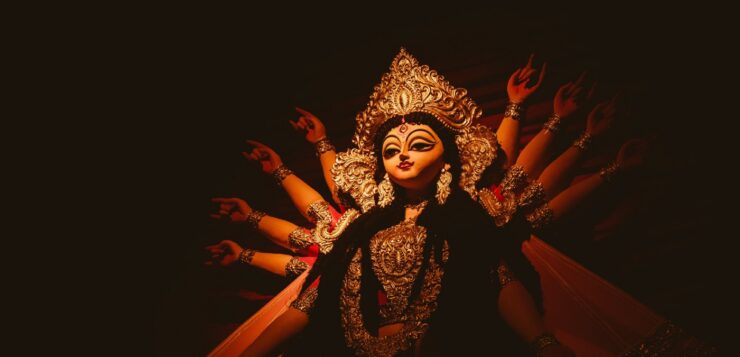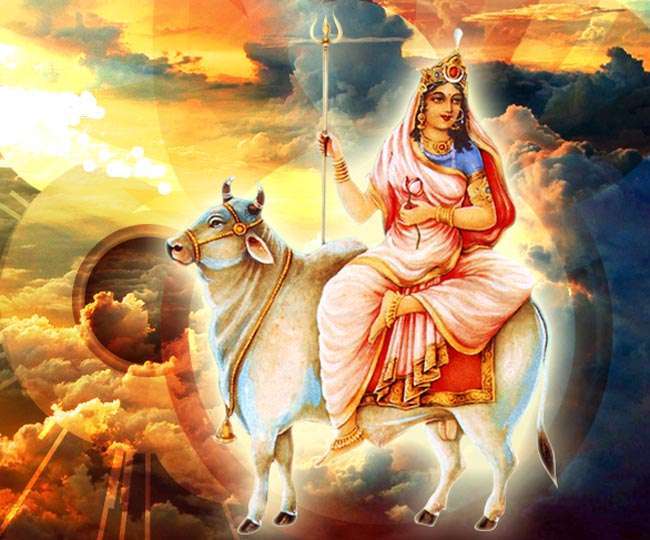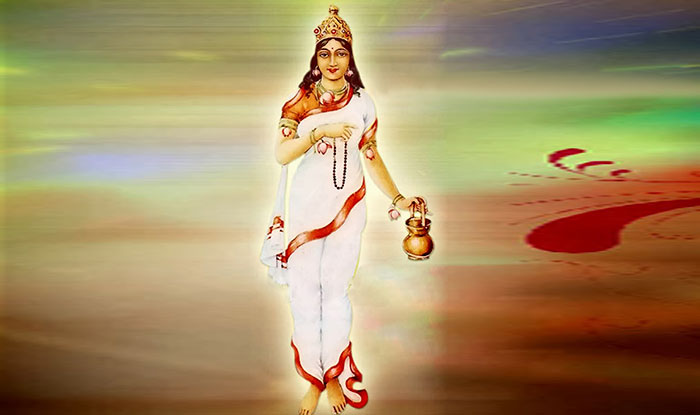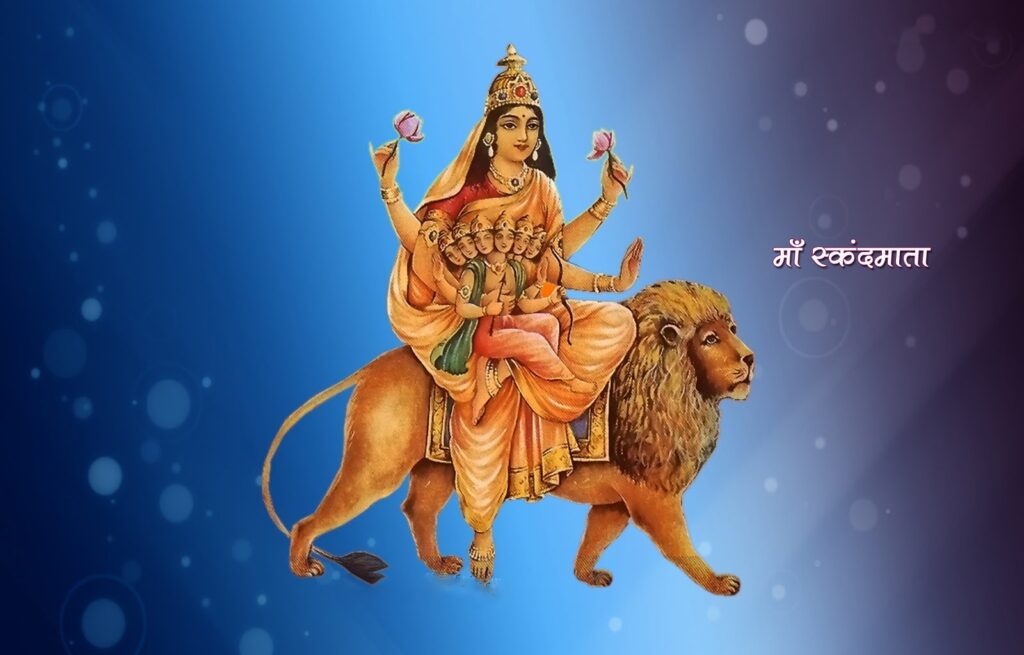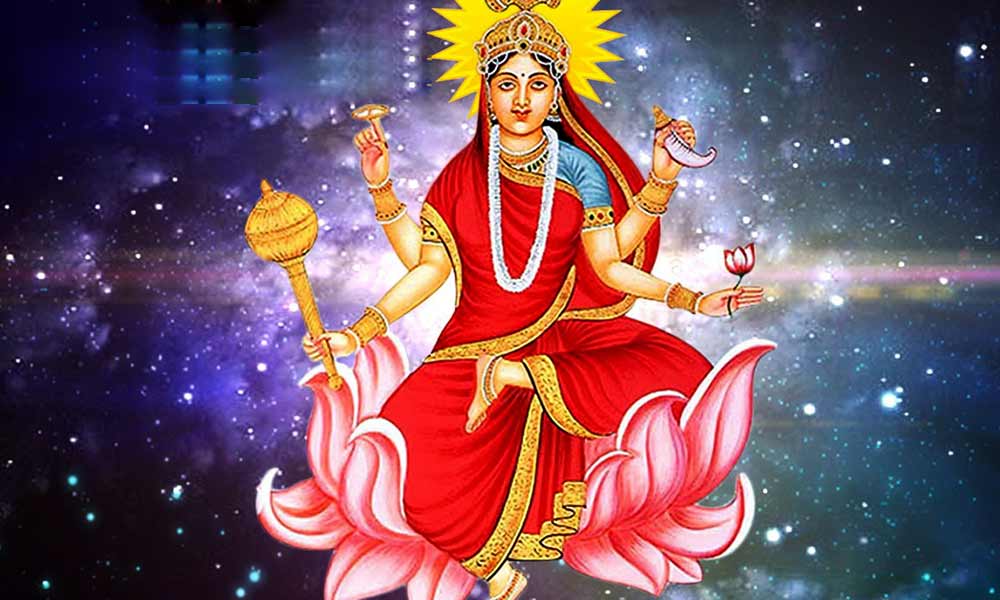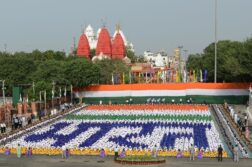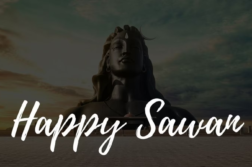Navratri is a major event celebrated all over India in different states and in different manners. According to the fable, there are four Navratri every year. Two of those are Gupta Navratri and two have great prominence publicly. Chaitra Navratri also has special importance in Sanatan Dharma. These Navratri’s are also popular as Ram Navratri.
According to folklore, Lord Rama first proceeded to Ravana’s territory Lanka after worshipping Goddess Durga by the seashore. Worshipping nine forms of Devi Durga during nine days of Navratri helps in fulfilling wishes and the blessings of Maa Durga always remain on her devotees. It is also believed that Lord Brahma himself once told the importance of Chaitra Navratri to planet Jupiter.
If we check out the context of our Vaishnava Puranas, we can establish the fact that Navratri falls two times a year: one is Ashwin Navratri (between September-October) and the other is Vasanta Navratri (between March-April). Chaitra Navratri is also known as Vasanta Navratri is another major festival commemorated in North India and is dedicated to the great Goddess Durga.
Importance of Chaitra Navratri
The sanctified festival of Chaitra Navratri falls a few days after Holi. Chaitra Navratri is the time of year when people remember Goddess Durga and her nine different forms. They call the goddess for showering the blessings with protection and happiness. The first day of Chaitra Navratri also marks the first day of the Hindu calendar observed during the full moon phase also known as the “Shukla Paksha phase”.
During the nine auspicious days of Navratri, there is a tradition to worship nine different forms of Goddess Durga that include “Goddess Shailputri, Goddess Brahmacharini, Goddess Chandraghanta, Goddess Kushmanda, Goddess Skandmata, Goddess Katyayani, Goddess Kalratri, Goddess Mahagauri, and Goddess Sidhidhatri”. According to some mythological texts, Goddess Durga appeared on a day during Chaitra Navratri and built the universe at the request of Lord Brahma.
| Day | Goddess | Color |
| Prathama | Shailputri | Grey |
| Dwitiya | Brahmacharini | Orange |
| Tritiya | Chandraghanta | White |
| Chaturthi | Kushmanda | Red |
| Panchami | Skandmata | Royal Blue |
| Shashthi | Katyayani | Yellow |
| Saptami | Kalratri | Green |
| Ashtami | Mahagauri | Peacock Green |
| Navami | Sidhidhatri | Purple |
How do people celebrate Navratri?
Navratri starts with the Ghatasthapana Puja on the first day of the festival. Ghatasthapana is an important ritual in which the devotees call upon the Goddess Shakti and perform the Kalash Sthapana. Many devotees observe fasting during Navratri and terminate their fast on Ashtami or on Navami. Before breaking the fast, people conduct Kanya Pujan. In Kanjak, people worship nine little girls that represent the nine forms of Goddess Durga. For nine days, people wear auspicious colors outfits every day and offer different Bhogs to different Goddess in the evening until nine days. Devotees fast for nine days or do it for the first and last day to please the goddess and get her blessings for health, wealth, and prosperity.
At kanjaks, people feed little girls with halwa, chana, & poori and give them some gifts & money. Many people also take part in dandiya and Garba dances at various pandals during Navratri. In many places, people celebrate the days with the Navratri Jagran, in which Bhakti singers sing the devotional songs and bhajans, dance on it, and end it with “Tara Rani ki Katha, Aarti, and Bhog.
This was a brief description of the significance of Navratri, what colors should one wear during those days, and how do we celebrate it. let us know if we skipped any important part of story.

